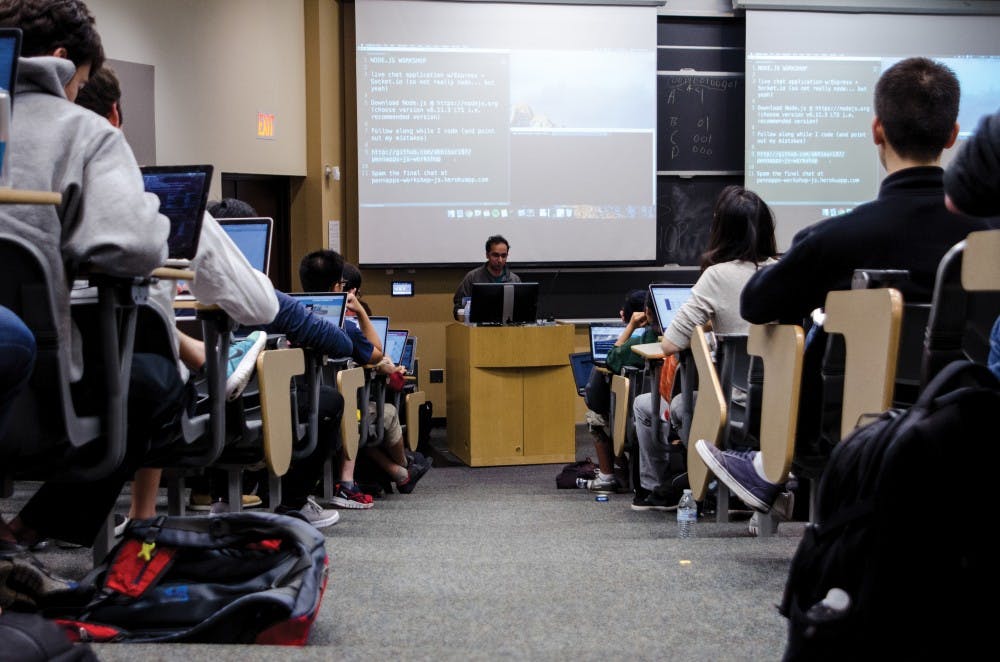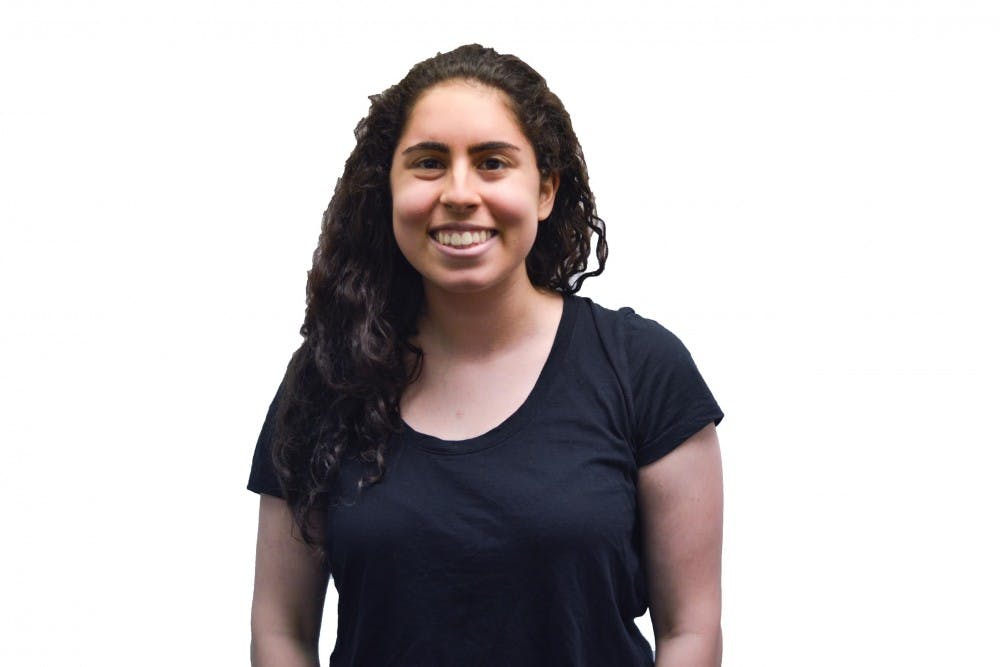
Have you ever prepared for an exam, only to realize that you didn’t understand what was taught in class? How often do you rely on Khan Academy to learn the material that you didn’t understand from your lectures? Khan Academy has truly changed who we are as students by providing us with educational resources that are right at our fingertips. Yet Khan Academy also reveals some pessimistic realities about the current state of in-class education.
Khan Academy was created as a non-profit in 2007 by Sal Khan, a mathematician and entrepreneur who sought to make education more accessible. The company started with videos and exercises in math and science. Over the years, the site began to include more subjects, ranging from the humanities to test prep (SAT, MCAT, LSAT, and GMAT, among others). The company even began to collaborate with the Association of American Medical Colleges (AAMC) and high schools around the United States to create more specialized videos and modules. Approximately 100 million people use Khan Academy around the world each year, and that number is only growing.
Khan Academy differentiates itself from many other YouTube educational video channels because of its uniformity and clarity. Everything from the website’s interface, to the quality of its instructors, to the immensity of the content that it covers, speaks to why so many students use Khan Academy. You can find virtually any academic subject on Khan, as well as some non-academic ones, like career advancement or personal finance.
The video formats that Khan Academy provides and the ways that both Sal Khan and his associates teach the material is digestible. Particular teaching techniques, such as repeating important words, color-coding, and speaking slowly, have helped me, as well as many other students, internalize the material. Additionally, the ability to fast-forward to relevant content in a video or backtrack when confused adds to the appeal of Khan.
I don’t intend to simply write an ode to this online service. Though it helps us learn, it also reveals its own unfortunate truths about why and how much we use it to learn. The extent to which high school, college, and graduate students depend on Khan Academy tells us how lackluster some of their more conventional resources tend to be. Why do we need to rely on an external education service if we are paying so much money to receive what should be a decent education?
We need to hold the education we receive to a higher standard. While it is easy to say that Khan Academy is enough to replace what we are lacking in the classroom, it really isn’t. We must take it upon ourselves to apply what works so well with Khan Academy when we study on our own. I’ve learned, through experience, that Khan Academy is there to guide you towards your own intellectual betterment, not hold your hand. The videos are there to show you general approaches, not walk you through every single problem you could possibly encounter.

There are many ways that we as students can hold our educational infrastructure accountable. For one, we need to give valuable feedback to our professors and TAs, either directly or through PennCourseReview. But sometimes, PennCourseReview is not enough — there aren’t always enough qualitative indicators that show what is wrong with a professor’s teaching style.
An even more tangible and outcome-oriented way that we can hold our professors accountable is to have greater supervision of big lecture courses. This could consist of people, such as a head of a department or an undergraduate student who has taken the course and succeeded, watching the lectures as they happen in real time at least once per semester. They can note the good and bad teaching qualities that the professor brings to the table when lecturing students.
These undergraduate students can act as real-time course evaluations, in that they can talk to students in the class who are their equals and understand the problems that those students may have with the way they are being taught the course material. Sometimes, having an external pair of eyes, rather than a faculty member in the department, can better recognize the faults in a professor’s teaching style.
One example of an infrastructure that seeks to help students get more out of their lectures is a group tutoring program at Johns Hopkins called PILOT. It pushes for academic support in the form of group tutoring. PILOT leaders in various STEM subjects who have taken the class and therefore understand the class’ ins and outs lead group tutoring sessions where students can work together to complete problem sets. These problem sets and the entire backbone of PILOT depend upon the relationship between PILOT and the instructor of each introductory STEM course. That is because the PILOT instructors sometimes sit in on lectures and, after class, actively communicate with the professor to understand how the professor is approaching each topic.
Ultimately, Khan Academy has helped many students learn and master difficult subjects. Though it can be a great resource on its own, it also highlights more fundamental problems with the ways that we are taught and supported throughout our academic careers. Support is essential for succeeding in courses where you may be one of at least two hundred students. We can use our peers and develop what exists in front of us to actively seek higher educational standards for ourselves and others. Khan Academy can be the springboard that will motivate students to hold the institutional resources that they pay for accountable.

ALEX SILBERZWEIG is a College senior studying Science, Technology, and Society. Her email address is alexsil@sas.upenn.edu.
The Daily Pennsylvanian is an independent, student-run newspaper. Please consider making a donation to support the coverage that shapes the University. Your generosity ensures a future of strong journalism at Penn.
Donate






